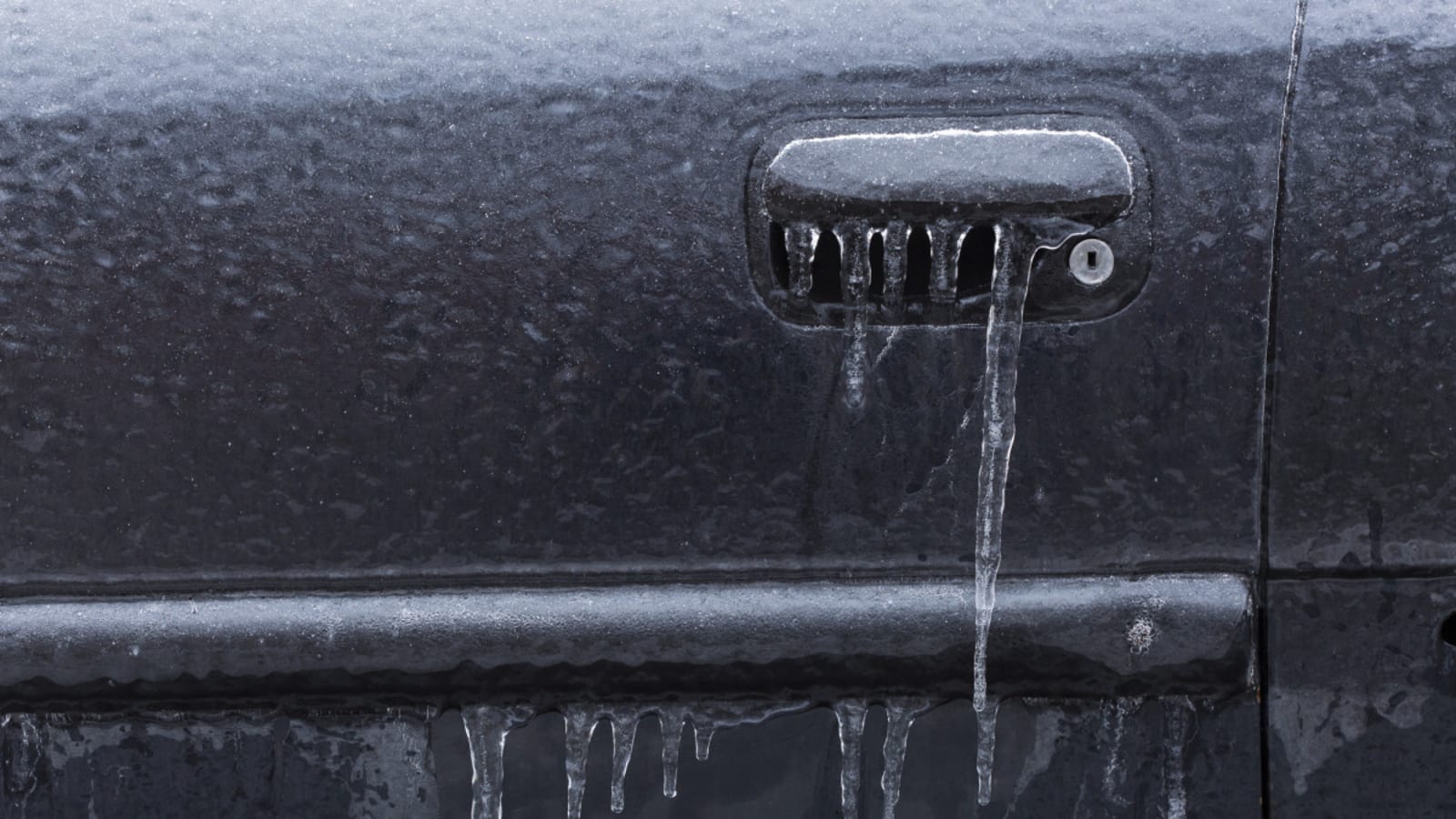
Cold winter mornings can throw plenty of challenges your way, from icy windshields and frozen wiper blades to frozen door locks. While the go-to de-icing solutions might seem convenient, they’re not always the best for your vehicle. Whether it’s your first winter as a homeowner or you’re looking to avoid damage to your car when dealing with a layer of ice, the right methods will save time and protect your property in the cold winter months.
Safe and Effective Ways to Remove Ice from Your Vehicle
Invest in Quality Tools
The tools you use can make or break your ice removal routine. A few basics to have on hand include:
- Ice scraper and snow brush combo: Opt for a sturdy scraper with a foam or soft-bristled brush to clear both ice and the coat of snow without scratching your car’s paint.
- De-icing spray: Look for a formula that’s safe for automotive glass and won’t damage wiper blades.
- Heated windshield cover: This prevents ice from forming on the windshield at night, saving you time and hassle in the morning.
- Rubber-edged squeegee: Useful for clearing slush and melted ice without damaging delicate surfaces.
Use De-Icing Products Wisely
Not all de-icers are created equal. Commercial de-icers designed for cars create chemical reactions that break down ice quickly without damaging windshield glass or paint. Avoid using homemade windshield de-icer solutions that include white vinegar or boiling water, as they can crack the glass or strip your car’s finish leading to costly repairs. Apply de-icer spray before starting your vehicle to allow time for the ice to melt.
Address Frozen Locks
A frozen lock can turn a cold morning into a frustrating ordeal. Use these tips to tackle the problem:
- Lock de-icer: Keep a small bottle of deicer spray in your jacket or bag for emergencies.
- Hand sanitizer: The alcohol content can help melt ice inside the lock.
- Plastic bag of warm water: Hold it over the door handle briefly, but avoid hot water, which could refreeze and worsen the issue.
- Heat things up: Apply some heat with a hair dryer attached to an outdoor extension cord.
Start Your Vehicle Early
Turning on your vehicle and setting the defrost function to full blast helps loosen windshield ice while you tackle the exterior. Use warm (not hot) air to avoid cracking the frozen windshield. Pair this step with manual scraping for faster results.
Pro Tips for Quick Ice Removal
- Park your car facing east to catch the morning sun and reduce ice buildup.
- Use a leaf blower on its highest setting to blow away loose snow before it turns to ice.
- Cover your front and rear windshields with a tarp or special cover overnight to minimize ice formation.
- Lift your wiper arms into the "up" position so you don't risk damage to the windshield wipers while removing ice and snow.
- Spray cooking spray or silicone lube as a protective layer on door seals to prevent them from freezing shut.
What can I use if I don’t have an ice scraper?
A sturdy plastic card, like an old gift card, can act as a makeshift plastic scraper. Avoid metal scrapers, as they can scratch the glass. You can also use lukewarm water in a plastic bag to melt ice and light frost gently without causing damage.
How can I prevent ice from forming on my car overnight?
Use a windshield cover or place a tarp over your vehicle to block frost and ice accumulation. Alternatively, apply a spray-on ice repellent designed for automotive use the evening before freezing temperatures are expected.
More must-reads:
- Notre Dame set to make bold move on Marcus Freeman amid NFL interest
- Phillies make major decision regarding manager Rob Thomson
- The 'AL and NL MVPs since 2000' quiz
Breaking News
Trending News
Customize Your Newsletter
 +
+
Get the latest news and rumors, customized to your favorite sports and teams. Emailed daily. Always free!








